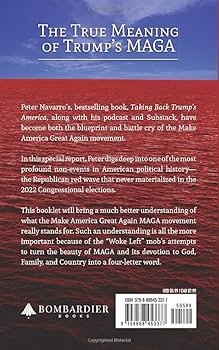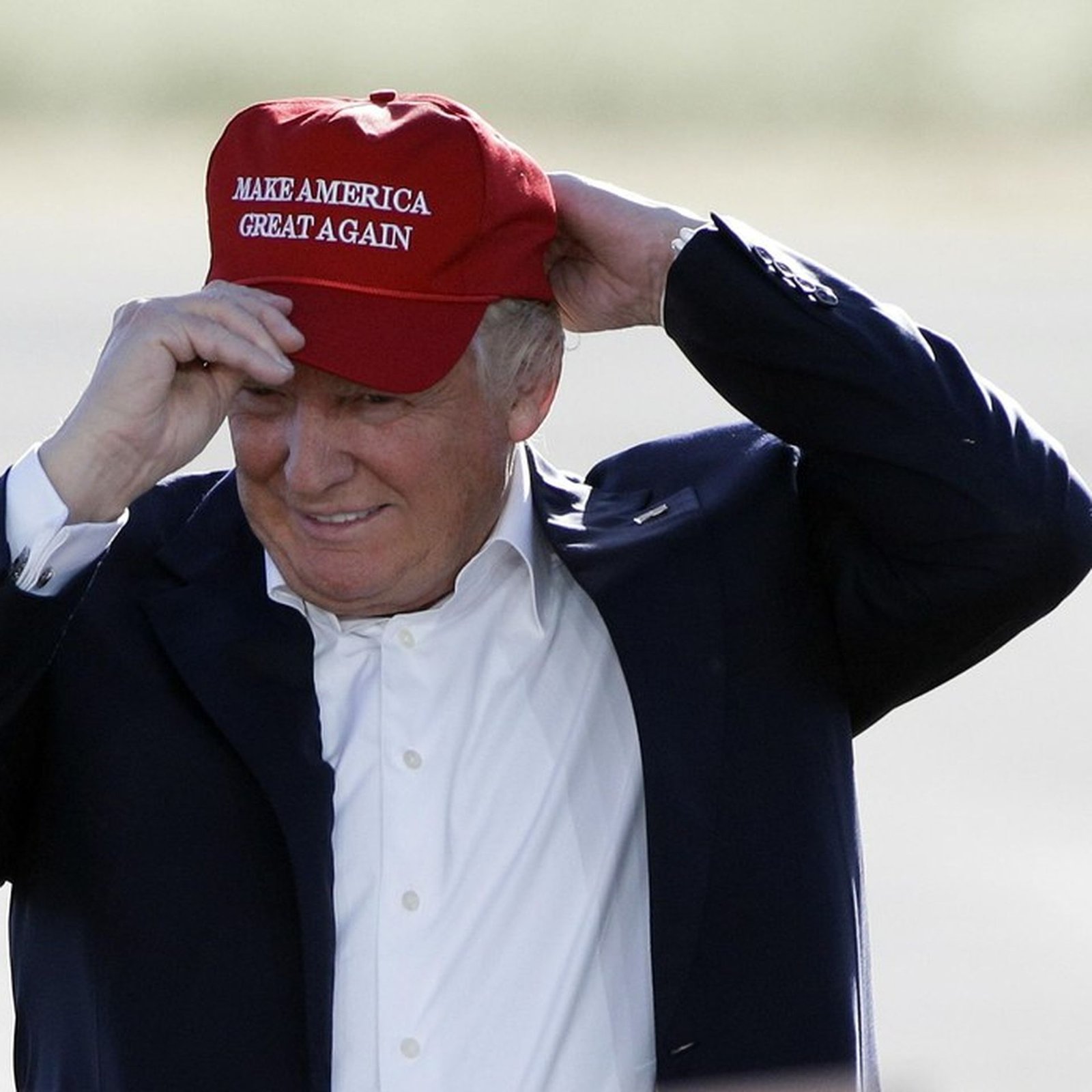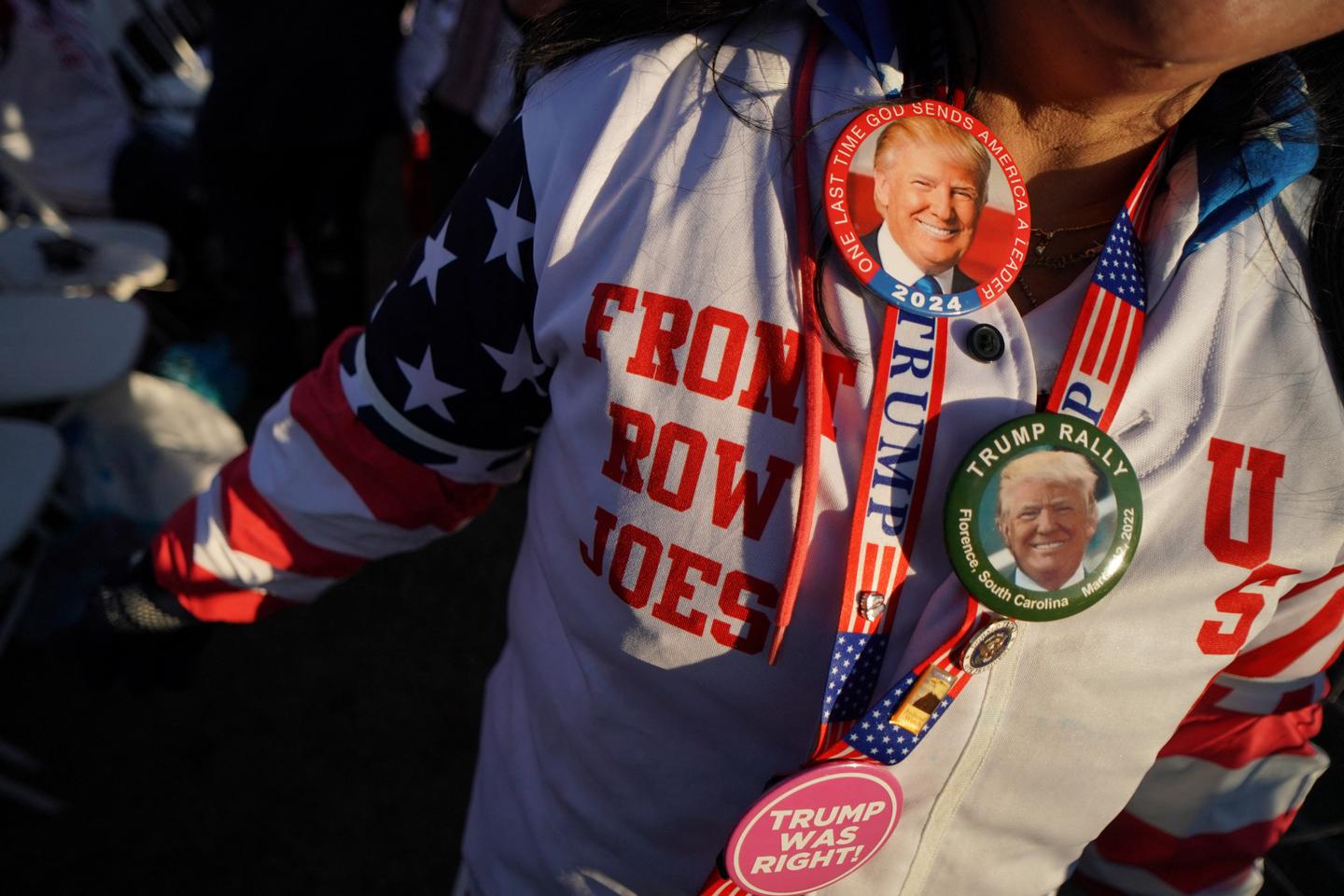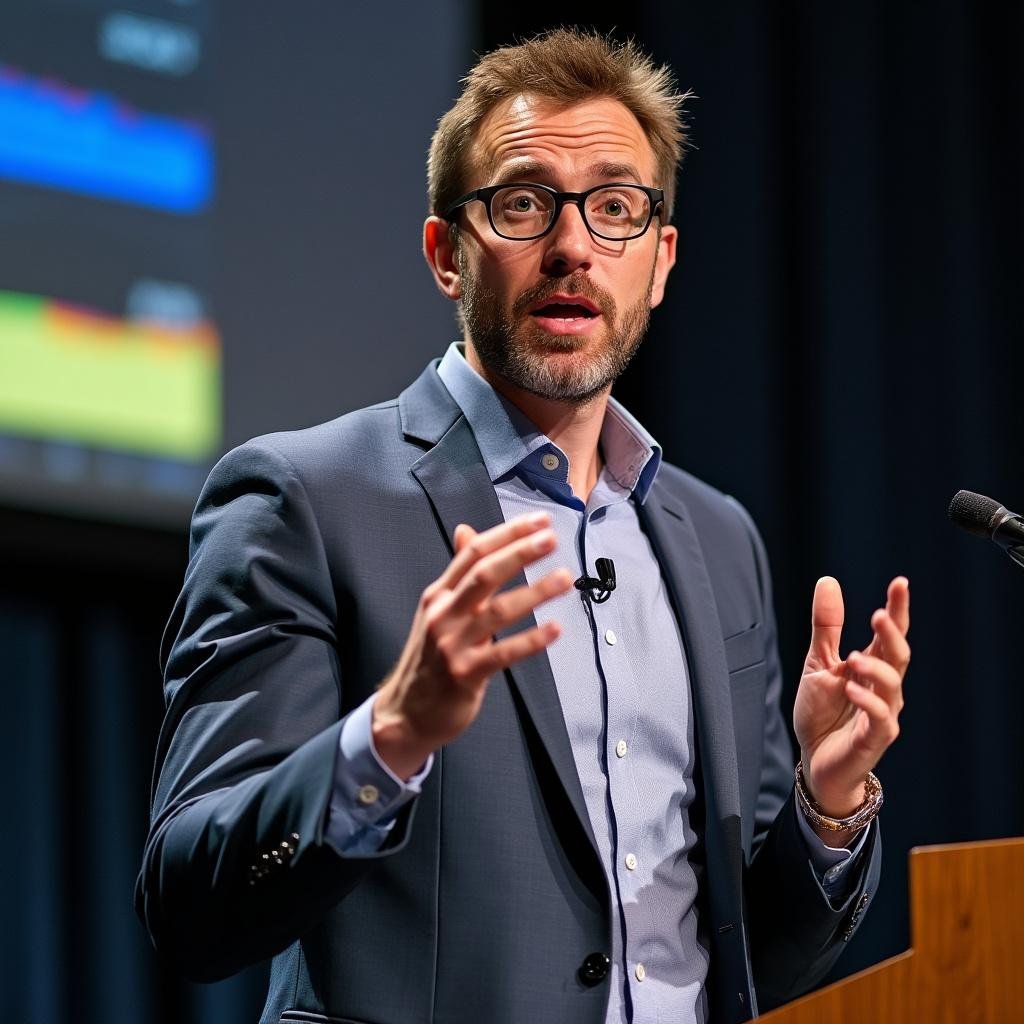
Introduction to The Rise of MAGA
Exploring the Origins of MAGA
The MAGA Movement – an abbreviation for “Make America Great Again” – has evolved into a powerful political force over the last decade. Its roots can be traced back to a variety of social, economic, and political factors, but it was primarily ignited by Donald Trump’s presidential campaign in 2016. At its core, the movement symbolizes a desire among many Americans to reclaim what they perceive as a lost greatness of the nation. Initially, the phrase “Make America Great Again” wasn’t new; it was first used by Ronald Reagan during his 1980 presidential campaign. However, Trump’s adoption and popularization of the slogan tapped into a deep sense of nostalgia among voters who felt disenfranchised by globalization, economic changes, and shifting cultural values. Here are a few key origins that contributed to the rise of MAGA:
- Economic Discontent: Many Americans, especially in the Rust Belt, faced job losses due to automation and outsourcing. This left them craving for something they believed was the America of yesteryears—a robust manufacturing economy with stable employment opportunities.
- Cultural Shifts: Rapid changes in society, including multiculturalism and progressive movements, led some to question their place in the modern America. MAGA provided a platform that resonated with those feeling left behind by these transformations.
- Media Amplification: The advent of social media allowed Trump’s message to reach millions almost instantaneously, bypassing traditional media filters. This grassroots nature of spreading the MAGA ethos is significant in understanding its origins.
Impact of MAGA on American Politics
The impact of the MAGA Movement on American politics cannot be overstated. It has reshaped the Republican Party and altered the dynamics of political discourse across the nation. The movement energized a base that was often overlooked by mainstream establishment figures and galvanized voters who felt their voices were unheard. Key impacts include:
- Party Realignment: The Republican Party has witnessed a notable shift toward populism and nationalism, moving away from traditional conservative policies. This has created a new faction of dedicated supporters who prioritize issues such as immigration reform and “America First” economic policies.
- Voter Mobilization: MAGA has been a catalyst for increased voter turnout, particularly among white working-class voters. This demographic previously leaned towards the Democratic Party but has since found a home within the MAGA agenda, significantly impacting electoral outcomes in critical battleground states.
- Polarization of Politics: The MAGA Movement has intensified the partisan divide, creating a more charged and hostile political environment. This division has seen not just differences in policy discussions but also personal animosities between supporters and opponents.
Personal anecdotes are also telling of this landscape; you might have witnessed friends or family members who previously identified as moderate switch their allegiance after the rise of MAGA. Conversations become charged with passion, reflecting the broader national discourse that has shifted dramatically in recent years. In conclusion, the origins and impact of the MAGA Movement illustrate a significant evolution in American political life, characterized by a blend of economic frustrations and a quest for identity—elements that resonate deeply not only with its supporters but also with the wider populace grappling with socio-political realities today.

Continuing from our exploration of the MAGA movement, it’s important to recognize the historical context that has shaped its evolution. The rise of MAGA is not occurring in a vacuum; it’s a reflection of broader trends in American political history. Let’s take a closer look at how MAGA compares with past political movements and how populism has influenced its development.
Comparison with Past Political Movements
To understand the MAGA movement, one can’t help but draw comparisons with earlier political movements in American history. Here are a few notable examples:
- The Populist Movement (1890s): This movement arose from discontent in rural America, primarily among farmers facing economic hardships. Similar to MAGA, it emphasized anti-establishment sentiments and sought to give power back to “the people.” The call for monetary reform and control over big corporations echoes in many of the MAGA supporters’ complaints today.
- The Civil Rights Movement (1960s): While the goals and ideologies differ significantly, the grassroots organizing and passionate rallies can be seen in both movements. MAGA has harnessed similar energy, rallying supporters around a common theme – making America great again, which resonates deeply with their collective identity.
- Tea Party Movement (2009): This movement focused on reducing the national debt and federal budget deficit, similar to how aspects of MAGA address economic concerns. Both movements exhibit a strong distrust of government, promoting individual freedoms and conservative values.
As you can see, the MAGA movement draws from a rich tapestry of American political history, channeling sentiments that have resonated with various segments of the population across different eras.
Influence of Populism on MAGA
Populism has played a pivotal role in the rise and appeal of the MAGA movement. It connects deeply with the everyday struggles of average Americans, which is a hallmark of populist ideology. Here are some key influencers of this populist surge within MAGA:
- Anti-Elitism: Much like past populists, MAGA vocalizes discontent towards elites, whether they be politicians, bureaucrats, or the media. The movement’s rhetoric positions itself as a voice for the “forgotten man,” tapping into the frustrations of those who feel marginalized.
- Cultural Resonance: Populism often reflects a sense of cultural displacement. MAGA has positioned itself as a defender of traditional American values, appealing to those concerned about changes in social norms and immigration policies.
- Direct Communication: The ability of leaders to communicate directly with the public, bypassing traditional media, has strengthened the movement’s populist nature. Social media platforms provide a space for MAGA supporters to share their narratives and frustrations, much like populist leaders of the past who relied on rallies and grassroots mobilization.
In conclusion, the historical context reveals that the MAGA movement isn’t just a random occurrence but rather part of a continuum of populist sentiment that has emerged at various points in American history. By understanding these comparisons and influences, we can gain clearer insights into why MAGA resonates with so many people today.

Continuing from our discussion on the ideological foundations of the MAGA Movement, one cannot dive further into this political phenomenon without highlighting the key figures who have shaped its trajectory.
Donald Trump: Leader of MAGA
At the heart of the MAGA Movement is none other than Donald Trump. Since announcing his candidacy in 2015, he emerged not just as a candidate, but as a symbol of a broader vision that resonated deeply with millions of Americans. His slogan, “Make America Great Again,” became a rallying cry that tapped into feelings of nostalgia, patriotism, and a yearning for change.
- Charismatic Presence: Trump’s charismatic rallies drew thousands of supporters, showcasing his ability to energize crowds. Many loyalists reminisced about attending these events, where the atmosphere was charged, and camaraderie was palpable. Trump’s straightforward and often blunt communication style made him relatable to many who felt disenchanted by traditional politicians.
- Populist Approach: He positioned himself as an outsider, championing the average American against what he termed the “elite” in Washington, D.C. This greatly appealed to those feeling left behind by globalization and economic shifts.
As a leader, Trump has faced his share of controversies and challenges, but one cannot deny his lasting impact on the political landscape in the United States. His approach continues to influence Republican agendas and candidate strategies long after his presidency.
Prominent Supporters of MAGA
While Trump is the figurehead of the MAGA Movement, numerous prominent supporters have played a crucial role in amplifying its message and driving its initiatives.
- Political Figures: Numerous Republican lawmakers have embraced the MAGA ideology:
- Ron DeSantis: The Governor of Florida has been a vocal supporter, echoing MAGA sentiments in his policies and stances.
- Jim Jordan: A staunch ally, Jordan actively defends the MAGA agenda in Congress while advocating for conservative principles.
- Media Personalities: Influential media figures have also contributed to the movement:
- Tucker Carlson: His commentary has often aligned with MAGA principles, influencing his audience’s perspectives on various issues. Many fans enjoy sharing clips of his shows, reinforcing the MAGA message.
- Sean Hannity: A prominent Fox News host, Hannity has been a constant supporter of Trump and MAGA-related policies, frequently engaging his audience with key MAGA talking points.
- Grassroots Activists: On the ground, various grassroots organizations have embraced the MAGA philosophy, mobilizing millions to vote and become active participants in the political process. These groups foster community engagement and often provide platforms for expressing MAGA views.
In summary, the MAGA Movement is not solely about Donald Trump; it’s a collective of leaders, supporters, and grassroots advocates who share a vision for America. Whether through bold speeches or online activism, these figures have undeniably shaped the landscape of contemporary American politics, setting the stage for what lies ahead.

Ideological Foundations of MAGA
The MAGA Movement is deeply grounded in various ideological beliefs that have shaped its character and appeal. Two main components stand out: nationalism and patriotism, alongside economic policies that promise to reshape American prosperity. Let’s delve into these ideological pillars.
Nationalism and Patriotism in MAGA
At the heart of the MAGA Movement is a robust sense of nationalism. This isn’t just about loving one’s country; it embodies a call to prioritize American interests in a globalized world. Supporters often rally around the idea that America should focus on its own needs and problems, sometimes at the expense of broader international considerations. Key elements of nationalism and patriotism in the MAGA Movement include:
- America First: This slogan resonates strongly within the movement. It conveys a commitment to focusing on American jobs, security, and culture.
- Border Security: Advocating for strict immigration policies stems from a desire to protect American jobs and culture, reflecting a sense of national identity.
- Cultural Preservation: Many supporters see themselves as guardians of traditional values, concerned about rapid societal changes.
You might recall hearing stories of individuals who felt sidelined by the changes in their communities, often citing the influx of immigrants or shifts in cultural narratives. These personal experiences fuel the emotional backdrop of MAGA’s nationalist rhetoric, creating a formidable connection among its supporters.
Economic Policies of the MAGA Movement
Alongside its nationalist agenda, the MAGA Movement also embraces distinct economic policies, aiming to revive and protect American industry. Key economic approaches include:
- Trade Policies: The movement advocates for renegotiating trade agreements deemed unfavorable, with the goal of bringing manufacturing jobs back to America. The notion of “fair trade” resonates here, sparking conversations on protecting local industries.
- Tax Cuts: Proponents often discuss how tax reductions can stimulate spending and growth. Aiming to reduce regulation is painted as a means to unleash American entrepreneurship.
- Infrastructure Investments: There is a commitment to heavily investing in infrastructure to create jobs while upgrading the nation’s deteriorating facilities.
Supporting these policies, many individuals share personal anecdotes about job losses in their families or communities due to outsourcing or unfavorable trade deals. This real-life impact often shapes their support for the economic vision outlined by the MAGA Movement. In conclusion, the ideological foundations of MAGA—a blend of fitting nationalism and targeted economic policies—resonate with many people across the United States. As America grapples with rapid change, these beliefs provide a framework through which supporters find meaning and rally for a sense of security and prosperity. As we move forward, examining how these ideas manifest and evolve will be crucial in understanding the future trajectory of the MAGA Movement.

Media and Communication Strategies of MAGA
As we dive deeper into the MAGA Movement, it becomes evident that media and communication strategies have played a pivotal role in its spread and influence. These strategies not only encompass traditional outlets but also heavily rely on modern technology and social media platforms to reach a broader audience.
Role of Social Media in Promoting MAGA
Social media has transformed the landscape of political communication, and the MAGA Movement is a prime example of this evolution. From the early days of Donald Trump’s campaign, platforms like Twitter, Facebook, and Instagram were utilized to connect with supporters directly, often circumventing traditional media channels.
- Direct Engagement: Trump famously used Twitter to share his thoughts, rally supporters, and address opponents. This direct line to the public created a sense of intimacy and urgency among followers.
- Viral Content: Memes, gifs, and short videos became powerful tools in promoting the MAGA message. The relatable and often humorous nature of this content made it easily shareable, spreading the movement’s ideals like wildfire.
- Targeted Advertising: Social media platforms offer detailed targeting options, allowing the MAGA campaign to tailor messages to specific demographic groups. This customization increased the efficiency of their outreach.
Personal example: I remember scrolling through my feed during the 2016 elections and seeing a mix of heartfelt testimonials and provocative memes supporting Trump. Each post seemed to resonate differently, for me, the mix of humor and serious content kept me engaged and often left me contemplating my own views.
Messaging Techniques of the MAGA Campaign
The MAGA campaign has also been strategic with its messaging techniques. Crafting messages that resonate emotionally and politically has proven crucial in solidifying its support. Some of the notable techniques include:
- Repetition: Catchphrases like “Make America Great Again,” became rallying cries. Such slogans not only simplified complex policies but also provided a memorable mantra for supporters.
- Storytelling: The campaign often used personal stories from everyday Americans, showcasing how policies impacted their lives. This ground-level perspective made the campaign feel more relatable and less abstract.
- Fear and Hope Dichotomy: The messaging often hinged on dual narratives of fear (about immigration, jobs, etc.) versus hope (the promise of reclaiming American glory). This strategy tapped into emotional reactions while drawing clear lines on issues.
Additionally, the use of visual content in campaigns dialed up the emotional appeal, as images of rallies, families, and the American flag stirred national pride. In summary, the MAGA Movement skillfully exploits social media dynamics to promote its agenda while leveraging messaging techniques that engage emotionally, driving home their political objectives. As MAGA continues to evolve, these methods might serve as a template for future political movements seeking to connect with an increasingly digital and polarized electorate.

Continuing our exploration of the MAGA Movement, it’s essential to address a topic that has generated significant debate: the criticisms and controversies that have accompanied its rise. Among these, allegations of racism and xenophobia stand out prominently.
Allegations of Racism and Xenophobia
One of the most critical accusations directed at the MAGA Movement is its purported undercurrent of racism and xenophobia. Many critics argue that the rhetoric and policies associated with MAGA have regularized and empowered racist sentiments within some sectors of American society.
- Rhetorical Analysis: Phrases like “America First” have been interpreted as exclusionary, suggesting a preference for American citizens over immigrants or citizens from other nations. This can lead to an atmosphere that feels hostile to those who are not seen as “native” Americans.
- Immigration Policies: The movement’s strong stance against immigration, particularly regarding Latin America and Muslim-majority countries, has contributed to the perception of xenophobia. For instance, one notable policy was the travel ban imposed on several predominantly Muslim countries, which many viewed as a direct reflection of anti-Muslim sentiment.
- White Nationalism: Events like the Charlottesville rally, where white nationalists and supremacist groups gathered, were often linked to the MAGA Movement’s rise. This connection exacerbated concerns about the normalization of racist ideologies.
While there are supporters who assert that MAGA is fundamentally about nationalism and patriotism rather than racism, the visible overlap leads many to question the movement’s inclusiveness and intent. As someone who enjoys engaging in open conversations, I often find myself discussing these aspects with friends from diverse backgrounds, revealing a spectrum of opinions—some of which profoundly challenge my own views.
International Perceptions of MAGA
Looking beyond the borders of the United States, the global response to the MAGA Movement is equally complex and polarized. Depending on where you stand in the world, perceptions of MAGA can range from admiration to alarm.
- Admiration from Populist Leaders: Across various countries, populist leaders have found inspiration in MAGA’s messaging and campaign strategies. In places like Brazil or Hungary, leaders echo themes of nationalism, capitalizing on discontent similar to that which fueled MAGA’s ascent.
- Criticism from Liberal Democracies: Conversely, countries with strong liberal democratic traditions often express concern regarding the implications of the MAGA agenda. They argue that an emphasis on nationalism threatens global collaboration and the interconnectedness that many see as necessary in tackling shared issues such as climate change and terrorism.
- Media Representations: International media often portray the MAGA Movement as emblematic of a deeper, global crisis of liberal democracy. Reports may highlight how the movement’s populist nature positions it within a broader trend of anti-establishment sentiments seen in other parts of the world.
As we dissect these criticisms and raw sentiments, it’s significant to recognize that opinions will vary. The dialogue around MAGA, whether discussing allegations of racism or global implications, ultimately reveals the multifaceted nature of political identity in contemporary society. Keep in mind that while controversies can divide, they also offer opportunities for meaningful conversations that can bridge gaps and foster understanding.

Impact of MAGA on American Society
As we delve deeper into the consequences of the MAGA movement, it becomes clear that its influence permeates various aspects of American life. The culture and political landscape have undeniably shifted, bringing both challenges and opportunities for dialogue.
Divisiveness and Polarization within the Country
One of the most significant impacts of the MAGA movement has been the growing divisiveness in American society. It’s as if the nation has been split into distinct echo chambers, where individuals only engage with those who share their views. This phenomenon can be observed not only in political debates but also in social gatherings and family discussions.
- Increased Partisanship: Political affiliations have become a marker of identity. Conversations that were once about shared values now often devolve into arguments driven by party loyalty.
- Social Media Impact: The rise of social media has exacerbated this polarization. Platforms like Twitter and Facebook amplify extreme viewpoints, leading to increased hostility toward opposing views.
- Real-Life Example: You might have noticed how holiday gatherings can turn tense, with family members taking sides based on their political beliefs. This is a testament to the deep emotional investment many have in the MAGA movement and its agenda.
Moreover, studies have shown that individuals may avoid friendships or relationships with those who support different political ideologies, reflecting how the MAGA movement has reshaped social dynamics across the country.
Influence on Public Discourse and Policy Making
Shifting gears to how MAGA has influenced public discourse, it’s quite remarkable to see how the tone and topics of political dialogue have morphed. The norms governing political discussions no longer seem as intact as they once were.
- Emergence of Populist Rhetoric: The MAGA movement has popularized a style of communication that often favors emotion over facts. This shift has allowed for a more populist approach in political discourse, where leaders engage with public sentiments rather than traditional policy debates.
- Challenging Established Norms: The movement has made it acceptable to challenge established political institutions, creating opportunities for fresh voices to emerge. However, this can lead to discontent with long-standing policies that are deemed ineffective.
Additionally, MAGA has pushed issues like immigration, trade, and national security to the forefront of public policy discussions. As a result, policymaking becomes more about appeasing a passionate base rather than striving for bipartisan solutions.
- Legislative Shifts: With many MAGA-aligned representatives in power, there has been a significant focus on deregulation, tax cuts, and protective trade policies, reshaping America’s economic framework.
Ultimately, understanding the impact of the MAGA movement on societal divisiveness and public discourse is crucial. It invites you to consider not just the political implications but also the personal relationships and cultural fabric of America as they evolve in this new landscape. The challenge lies in finding ways to bridge these divides, fostering healing amid polarization.

Future Prospects of the MAGA Movement
As we delve into the future prospects of the MAGA Movement, it’s essential to understand how the movement might evolve in the post-Donald Trump era and whether MAGA ideals will continue to resonate in American politics and society.
Post-Donald Trump Era of MAGA
The departure of Donald Trump from the presidency marked a significant turning point for the MAGA Movement. Many supporters are left wondering what lies ahead. With Trump’s distinctive leadership style, policies, and messaging, he became the face of MAGA. However, the question remains: can the movement survive without him? Some key considerations include:
- Potential New Leaders: Emerging politicians who align with MAGA principles are stepping up. Figures such as Ron DeSantis or candidates from the current GOP landscape may attempt to fill the void. New leadership can attract both loyalists and fresh supporters, but it will be critical for these figures to resonate as authentically as Trump did.
- Evolution of Messaging: As the movement transitions, the messaging may evolve. While maintaining core principles, new leaders might want to address contemporary issues or adopt fresh approaches to appeal to a changing electorate.
- Grassroots Engagement: The strength of the MAGA Movement has always been in its grassroots support. Community events, rallies, and local engagement must continue to mobilize supporters effectively, keeping the spirit of MAGA alive even in the absence of Trump’s charisma.
Continued Relevance of MAGA Ideals
Despite the potential shift in leadership, the fundamental ideals of the MAGA Movement are likely to remain relevant. Below are several reasons that support this continued presence:
- Nationalism and Patriotism: A significant portion of the American populace still values nationalism. Advocating for American jobs, prioritizing national sovereignty, and emphasizing patriotism resonate strongly among many voters.
- Economic Policies: Issues like job creation, support for American manufacturing, and fair trade will continue to be pertinent, particularly as economic realities evolve. Politicians who can effectively champion these ideas are likely to find a receptive audience.
- Cultural Identity: The MAGA Movement has frequently focused on preserving cultural identity, which is still a vital concern for many across the nation. The pushback against globalization and the impacts on local cultures creates a niche for these conversations in future politics.
To sum it up, the post-Trump era doesn’t spell the end for MAGA; rather, it invites new leadership and methodologies to keep the ideals alive. As the political landscape changes, one can expect both challenges and opportunities for the MAGA Movement. It remains to be seen how influencers will shape its direction, but the core values likely won’t fade away anytime soon. The conversation surrounding the MAGA Movement will persist, making it essential to pay attention to how new leaders adapt these ideals for future political battles.

Global Implications of MAGA’s Popularity
As the MAGA movement continues to resonate within the United States, its impact is felt far beyond its national borders. The rise of this populist ideology has sparked similar sentiments across the globe, leading to an increase in populist movements worldwide. Let’s dive into this intriguing phenomenon and explore how the MAGA movement is shaping political landscapes around the globe.
Spread of Populist Movements Worldwide
The MAGA movement has played a significant role in the resurgence of populism in various countries. It has emboldened various political figures who advocate for similar principles such as nationalism, anti-elitism, and a focus on local over global concerns. Here are some notable examples:
- Brazil: The rise of Jair Bolsonaro is often compared to the MAGA phenomenon. His rhetoric, which emphasizes national pride and disdain for established politics, resonates deeply with the Brazilian electorate who feel sidelined by globalization.
- Italy: Leaders like Matteo Salvini and Giorgia Meloni have tapped into nationalist fervor, mirroring the MAGA mantra in Italy. Their campaigns focus on preserving Italian culture and addressing immigration concerns, echoing sentiments found in Trump’s messages.
- UK: The Brexit movement has strong parallels with MAGA, promoting a withdrawal from international agreements perceived to undermine British sovereignty. The emphasis on “taking back control” resonates similarly.
The shared underlying themes of these movements indicate a broader shift towards nationalism and populism, where leaders leverage the discontent of citizens against traditional political establishments.
How Other Countries View the MAGA Movement
Internationally, the perception of the MAGA movement varies significantly. While some nations admire its audacity and commitment to national interests, others are wary of its divisive nature. For instance:
- Europe: Many European countries display a mix of admiration and concern about the MAGA movement. As populist parties gain traction, they often reference Trump’s tactics as effective, yet there’s apprehension about fostering division within societies.
- Canada: The MAGA movement generally elicits skepticism among Canadians, with observers viewing it as a cautionary tale about the dangers of extreme nationalism and the potential erosion of democratic norms.
- Asia: The movement’s emphasis on trade protectionism has resonated with some countries affected by America’s trade policies. However, there are also concerns about unilateralism and its global ramifications.
In essence, these global perspectives underscore the complexities surrounding the MAGA movement and its implications for international relations. As we analyze the global impact of the MAGA movement, it becomes evident that it has not only influenced political strategies but has also ignited a wave of populist sentiments, reshaping the way nations engage with one another and view their identities. The consequences of this shift will unfold in the coming years, leaving many to wonder how these movements will evolve in an interconnected world.

Conclusion: Assessing the Legacy of MAGA
As we reflect on the MAGA movement, it’s clear that its impact is far-reaching and multifaceted. The journey of this movement has not only reshaped American politics but has also sparked debates and discussions that will echo for years to come. It’s essential to consider both the long-term effects and the lessons learned as we analyze the legacy of MAGA.
Reflections on the Long-Term Impact of MAGA
The MAGA movement has fundamentally altered the political landscape in the United States. Here are some key reflections on its long-term impacts:
- Shift in Political Polarization: The movement has exacerbated the division between political parties. It has stirred a sense of loyalty among supporters while simultaneously alienating many who are opposed to its messaging.
- Rise of Populist Sentiment: MAGA has paved the way for a surge in populist movements both domestically and internationally. It has inspired like-minded groups in other parts of the world to advocate similar ideals, challenging established political norms.
- Cultural Resurgence: The ideology surrounding MAGA has fueled a broader cultural conversation around nationalism and corporate responsibility, prompting individuals and communities to reconsider what patriotism means to them.
These impacts suggest that even as political tides shift, elements of the MAGA movement will continue influencing American society for the foreseeable future.
Lessons Learned from the Rise of MAGA
The rise of MAGA provides several valuable lessons that go beyond politics:
- The Power of Messaging: The movement’s memorable slogan, “Make America Great Again,” demonstrates how a strong, simple message can resonate deeply with a broad audience. Effective communication is crucial in political discourse, and the MBA movement has utilized this principle masterfully.
- Engagement through Community: MAGA thrived on grassroots support. Engaging communities and building trust can lead to profound political mobilization. Local town halls and rallies foster connections, making followers feel invested in the movement’s success.
- Importance of Media Savviness: The MAGA movement adeptly navigated social media platforms to spread its message. Understanding and utilizing these tools are vital for any modern political movement. Strategies such as targeted messaging and leveraging influencers can significantly amplify a cause.
- Navigate Divisiveness with Empathy: While the movement may have sparked divisive rhetoric, it also shows the importance of understanding differing perspectives. Successful movements must find ways to engage with opponents constructively without losing their identity.
As we look ahead, the legacy of MAGA will not only remind us of political shifts but will also teach us about the power of community, communication, and engagement in shaping future movements. The journey is ongoing, and understanding these lessons will be essential for anyone wishing to make a mark in the evolving landscape of American politics.

